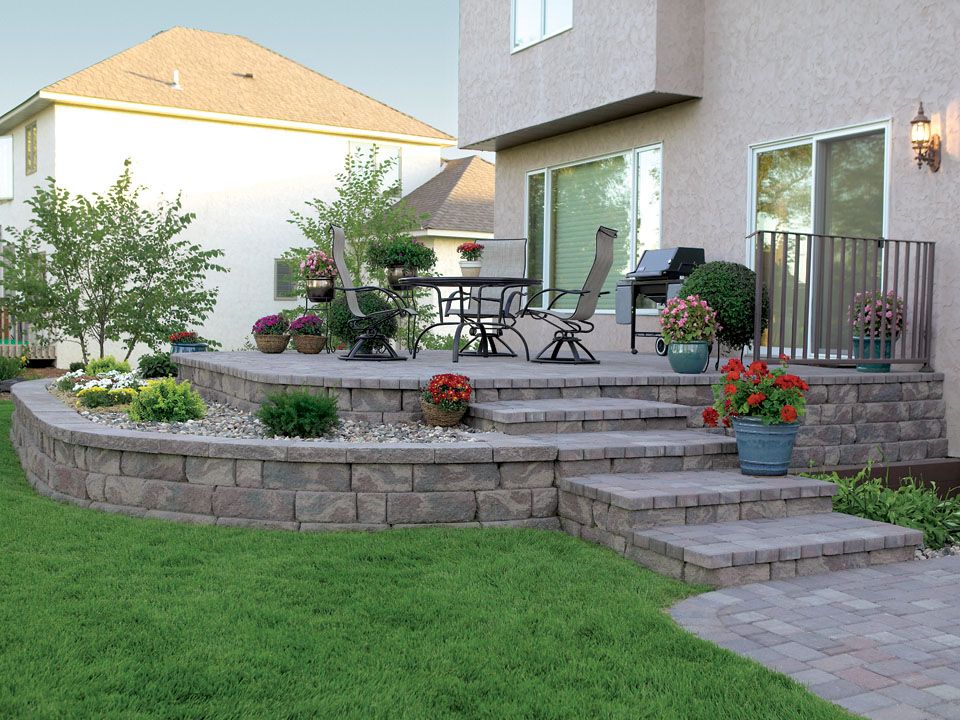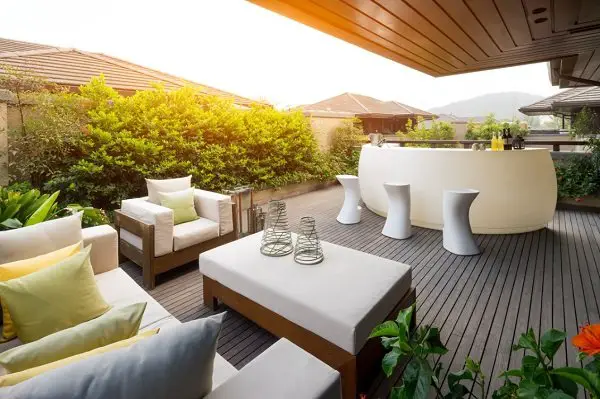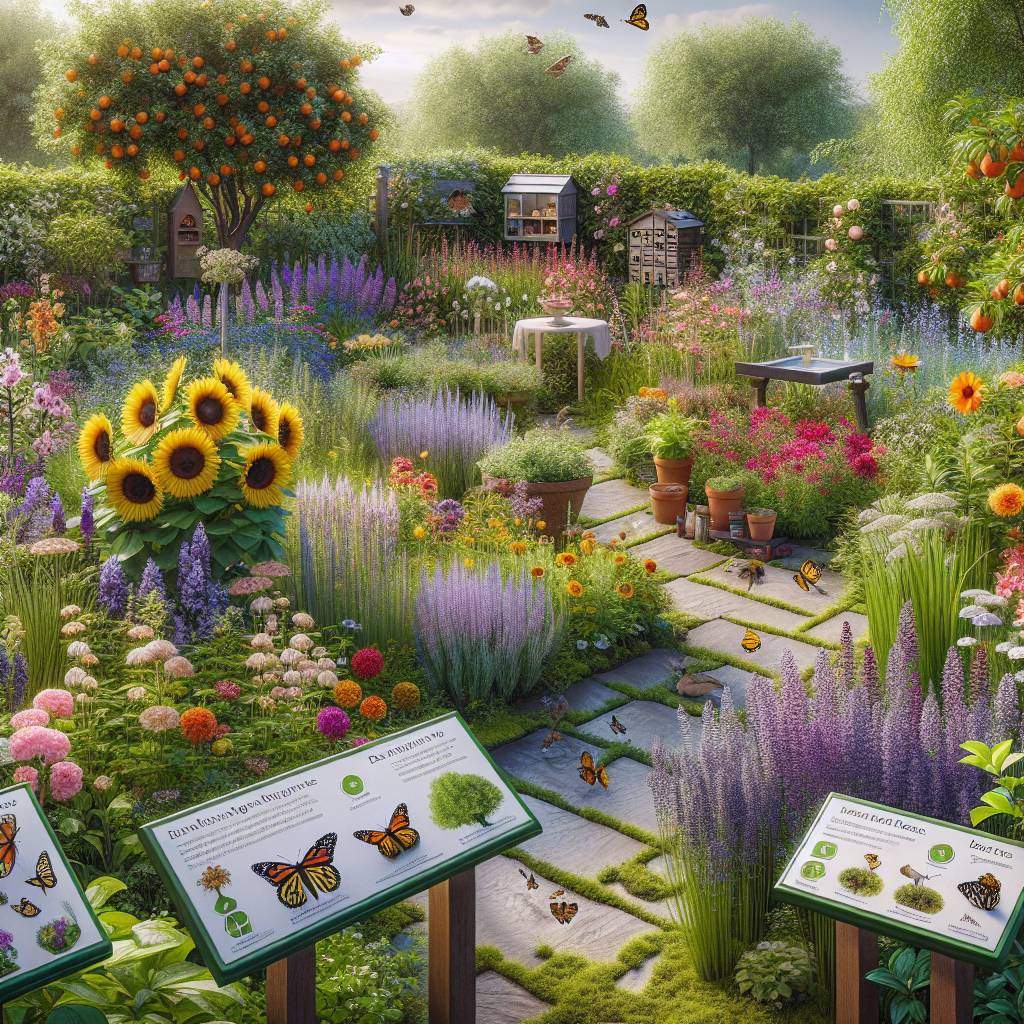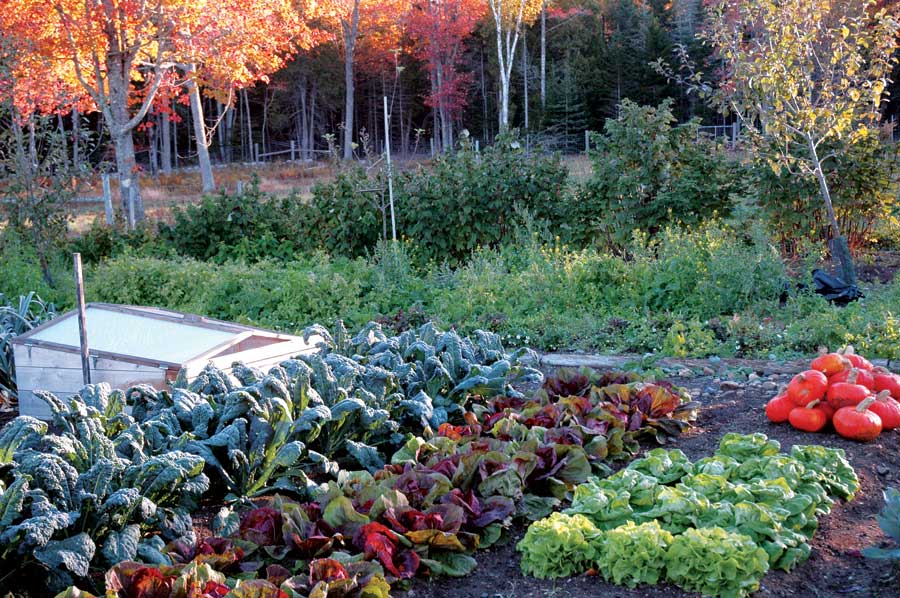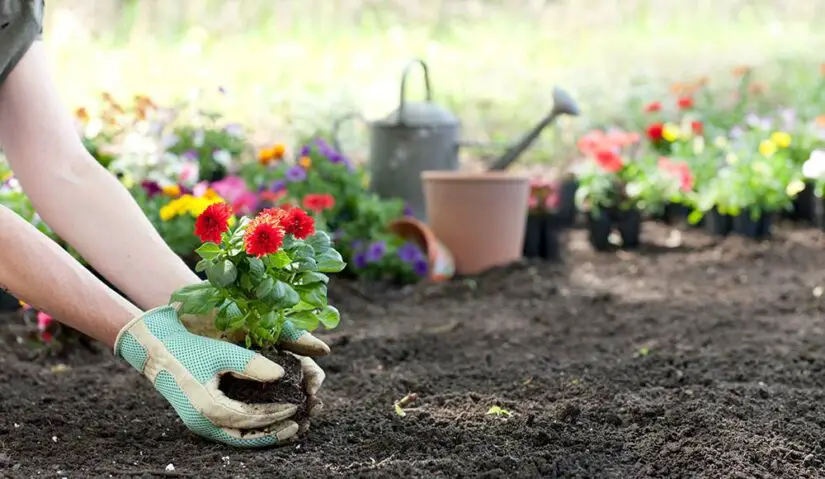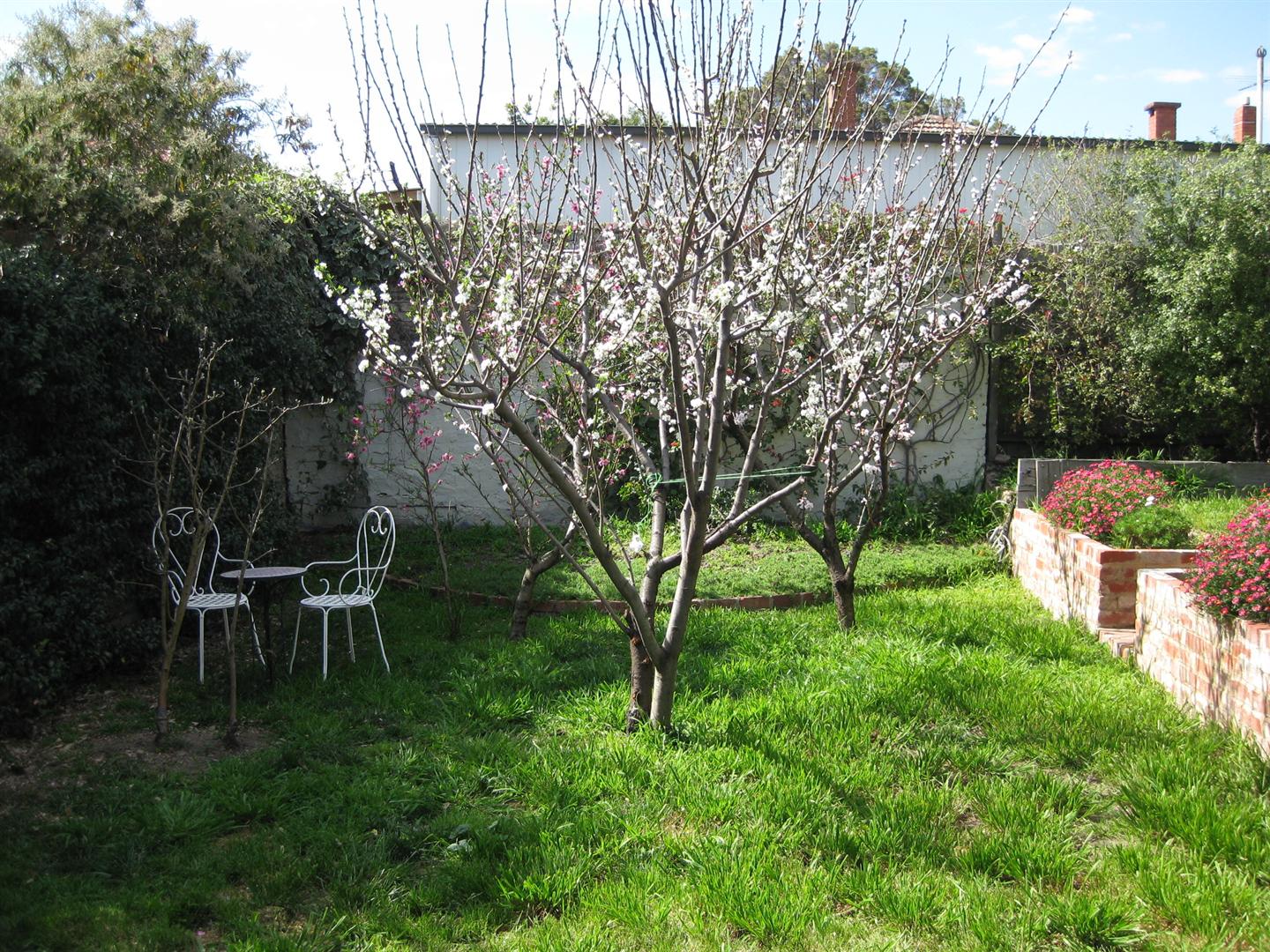Retaining walls are built to limit the soil’s lateral pressure, especially when you intend to change the ground’s elevation to a certain level beyond the soil’s angle of repose. Various materials are used to make these walls, including boulders, rocks, and concrete blocks. While some of these materials are easy to use, others usually have a shorter shelf life. The good thing, on the other hand, is they can all retain the soil.
However, knowing your options is not enough. You need to know first if they are fit for your retaining wall installation project. The truth of the matter is you need to consider a lot of things when you’re planning to install a retaining wall. It’s not something you can do with zero knowledge about the process. This is the reason why homeowners prefer to hire pros for any retaining wall installation project. And to help them achieve the best results, you can get your retaining walls in Kelowna from the local retaining wall experts in the area.
With experts working on your retaining wall project, you’re assured that the structures below and above the ground are checked and that other engineering-related matters are considered. With high-quality retaining wall materials, durability meets with safety and aesthetics.
What do you need to know before designing a retaining wall?
Before you start designing your retaining wall and plan your wall’s aesthetics, know that the environmental factors and location can make a big difference. For example, building a retaining wall in an area with other massive above-ground structures is more meticulous than building a structure in an open space. Building a structure on sandy soil can pose a severe structural threat later on. To avoid any significant headache along the way, you need to go through advanced planning. You need to think about your layout carefully. The goal here is to keep your structure from being a hazard. If you don’t plan your wall carefully, your retaining wall might collapse easily.
What are the factors to be considered when planning the design?
As mentioned above, the primary purpose of the wall is to hold the soil behind them. Then again, your specific needs will determine how you can achieve the wall’s purpose. Walls can be in the form of small landscape stone walls surrounding your garden or a massive soil-retaining structure beautifying the highway. Other barriers are meant to control erosion or build a terraced yard to lessen maintenance. So, what’s your reason for setting up a retaining wall? Your answer to this question will point you in the right direction. As soon as you set the purpose, you can now start the planning phase. Here, you need to consider a couple of factors that will significantly impact the materials and type of wall you want to build. Here are four of the most common and most significant considerations.
Location
When you choose your wall location, you need to make sure that you have a detailed understanding of the property lines. It’s also equally important to understand the underground and above ground utilities like irrigation and stormwater management systems. Here are some location-related questions you need to answer:
- If you’re building a sloped wall, where will you keep the extra infill you have to bring to the site?
- If you intend to cut into a hillside, where do you plan to keep the excess soil?
- If the wall you intend to build is within the property boundary, will your reinforcement system encroach your property line?
- Will there be additional vertical forces or weight above your walls like swimming pools, parking lots, driveways, guardrails, or fencing? What temporary construction equipment will you use, and how much do they weigh in total?
You need to secure a safe place to dump your extra infill and excess soil. They might be washed out by rainwater towards your retaining wall, causing it to collapse. If you intend to build swimming pools or other structures that might add pressure to the retaining wall, you need to identify this ahead of time so that you can measure its weight and consider the same as you build your wall. The heavier the pressure, the deeper the foundation of your wall.
Soil
Another consideration is the soil. As you very well know, the soil creates your wall’s base or foundation. As such, you need to make sure that it’s examined to meet the necessary strength required to support the wall you’re planning to build. Take note of the friction angle, stress parameters, bearing capacity, and type of soil used for the reinforced zone, foundation, and soil zone.
Generally, your base soil has to be strong, stable, and firm. It should also not be moist. Clayish and wet ground is not suitable for infilling. They are water-saturated, so any extra moisture can’t make it through the drainage channels. Aside from that, in areas where freezing is rampant, wet soil can quickly expand and contract, causing damage to your wall. Sandy soil is ideal for good drainage. To know more about your soil, it’s best to consult with a geo technician or read a geotechnical report of your area. You can get more detailed information on your groundwater condition, chemical properties, expansive soils, and on-site soils.
Design
When designing a retaining wall, there are many factors to consider, including the necessary height, setback angle, slopes, and footprint sizes. One of the key elements in retaining wall design is the selection of the appropriate concrete sleeper size. Choosing the right size of concrete sleepers is important because it can affect the structural integrity and stability of the retaining wall.
You also need to consider that gravity can cause the natural downslope movement of your retained material. In that case, your design should be able to counteract this downslope movement to lessen the wall’s lateral earth pressure. This pressure, at its maximum value, can cause the overturning of your wall. Also, take note that your wall’s height depends on the block size, setback, slope, and soil.

Drainage
Water is the main reason why retaining walls usually fail. So, you must capitalize on a good drainage system. This means that you have to make sure that there’s no water build-up behind your wall. You can do this by identifying potential water sources and ensuring to build your drainage adjacent to your wall’s location. Grade your site and drainage patterns before you build a drainage system behind your wall. This will help minimize the build-up of groundwater hydrostatic pressure.
You can build a drainage system with gravel backfilling. Here, you can use weep holes and drain pipes to allow water to pass through your wall safely. If you intend to build a more massive wall, especially those needed for transportation, you will have to conduct a hydrology analysis.
Now that you’re familiar with the basics of designing and building a retaining wall, you can finally assess your needs and start the planning process. If you’re hesitant to tackle the project yourself or lack the skill and technical know-how to manage a retaining wall project, you can have it installed by experts near you.
